When to harvest broccoli from the garden?
Before removing broccoli from the garden, you need to determine how ripe it is. The timing of cleaning in this case is of great importance. Both unripe and overripe heads of cabbage will not have good taste and cannot be stored for a long time. When choosing a cleaning date, they are guided by several basic criteria.
Seedling growing
Broccoli seedlings can be grown at home or in a heated greenhouse. The hatched seedlings of the culture are sensitive to temperature fluctuations. It is best to grow seedlings at 16-18 ° C. At the time of planting seeds in the soil, this figure should be slightly higher.
The process of growing seedlings takes 5 to 8 weeks. By the time of transplanting into the ground, the seedlings should have 2-3 pairs of true leaves. Care must be taken when watering young plants. When the soil is waterlogged, the seedlings often get sick with "black leg". At the time of relocation to the ground, the bushes should be stocky, with good leaf turgor.
Landing on the garden and further care
At the initial stage, cabbage is grown in the open field under a film. Seedlings are planted at 40 cm spacing and 50 cm spacing. Plants must have free space for good growth. When planting, the bushes are buried to the first pair of leaves and watered abundantly.
Broccoli can be grown in containers. In this case, the volume of the container for planting should be at least 18 liters.
When caring for broccoli, great importance is attached to loosening and weeding. It is especially important to clear the plantings of weeds when the cabbage is still young. Weeds take away the bulk of moisture and nutrients from the crop. If you don't have time to weed, you can grow broccoli on a black film substrate.
Cabbage loves to keep the soil moist at all times. In this case, the culture grows well and sets heads. In warm climates, mulching can help prevent moisture evaporation. It is permissible to use compost, crushed bark, dry leaves as mulch.
2 weeks after planting seedlings in the ground, the cabbage is fed with infusion of bird droppings (1 glass per bucket of water, leave for 3 days, dilute with water in a ratio of 1:10 before use). A solution of complex mineral fertilizer for vegetables is also suitable. After cutting off the main head of cabbage, you can feed the cabbage with superphosphate and potassium sulfate (20 g per 10 liters of water), then the side shoots will be larger.
What affects the ripening time of broccoli?
The timing of harvesting broccoli is determined by three parameters:
- characteristics of the variety;
- the climate of the growing zone;
- features of agricultural technology.
Broccoli varieties can be varietal and hybrid. On the packaging of seeds of hybrids there is always a mark “F1”. Hybrid plants are more resistant to unfavorable environmental factors, pests, diseases, but slightly inferior to varietal varieties in taste.
Broccoli cabbage is early, mid-season, late. Harvesting time varieties:
- early - after 50-100 days;
- mid-season - after 105–130 days;
- late - in 130-145 days.
Summer residents of the middle lane more often choose early varieties for planting, for example:
- "Vitamin",
- "Comanche",
- "Linda",
- "Laser",
- "Tone",
- "Vyarus".
Mid-season and late cabbage is usually grown in the southern regions of Russia. In Siberia and the Urals, broccoli is grown in a greenhouse method.
The culture is not very demanding on soil fertility, but it needs a lot of water, especially at the beginning of growth and during the formation of heads. The soil must have a slightly alkaline reaction. Inflorescences set best at 15–17 ° C. During heat and drought, the heads can deform, and the shoots become lignified.
The plant is sensitive to the lack of molybdenum and boron in the soil. Both elements are necessary for broccoli to form full-fledged inflorescences. During the growing season, the seeds of this cabbage can be sown twice: in the spring, so that the heads of cabbage have time to ripen before the onset of the summer heat, and at the end of summer, the harvest in this case will take place in the fall.
Broccoli ready to harvest will have a head diameter of about 15–20 cm and a weight of up to 0.5 kg.
Lateral inflorescences are always much smaller. Their diameter does not exceed 4 cm, but the taste does not suffer from this. Inflorescences from lateral shoots are no less tender and useful.
Determination of the degree of maturity of the heads
Broccoli should not be allowed to overripe, otherwise the crop will be spoiled. Cabbage should be removed from the garden before the flowers open and turn yellow, otherwise the taste of the vegetable will deteriorate significantly.
The degree of maturation of the culture can be determined by external signs. Traditional broccoli varieties will have dark green heads when ripe. In modern varietal varieties, heads of cabbage can be yellowish, white, bluish or purple in color. In addition to color, attention is paid to other criteria:
- the presence of large buds on the crown and smaller ones along the edges of the inflorescences;
- the size of the head must be at least 10 cm in diameter;
- the inflorescences are compacted, but not yet hard;
- head weight - at least 250 g.
Up to zero temperatures, broccoli can be safely left in the garden, while the quality of the vegetable will not suffer. But at the same time, it is impossible to miss the harvesting time, overripe heads of cabbage are not suitable even for processing, they will only have to be thrown away.
Features of harvesting
Harvesting broccoli is best done early in the morning. If you cut off the cabbage in the hot sun, the cabbage will quickly fade. The technology of cutting ripe inflorescences is of great importance:
- the head cannot be torn off, you need to step back 10 cm from it and cut it;
- when harvesting, they do not affect the stem, in the future it can give a second crop;
- it is necessary to collect broccoli until the temperature exceeds -2 ° C, with more severe frosts, the fruits will be damaged;
- after removing the central head, the bushes continue to be monitored, since the active growth of side shoots will begin, as a rule, they fully ripen after 3 days.
In cool and cloudy weather, side shoots can finally form in a week. When growing broccoli, keep in mind that early varieties cannot be stored; they are usually grown for human consumption. To freeze a vegetable and keep it fresh, you need to plant late varieties that are harvested in the fall.
Preparing for storage, freezing
Typically, gardeners do this: the cut main head of cabbage is used for cooking, and the side shoots are allowed to freeze. Before that, the fruits must be properly prepared:
- Before freezing, the heads are washed under running cold water, then they are cleaned of leaves and the stem is cut off.
- After that, the head of cabbage is divided into separate inflorescences and soaked in salt water (3 tablespoons of salt per 3 liters of water). The duration of the bath is 30 minutes. This will help keep insects out of the broccoli.
- Then the inflorescences are washed again in clean water, in the meantime they put a pot of water on the stove and bring it to a boil.
- The broccoli is blanched for 3 minutes, and then caught with a slotted spoon and placed in a container with very cold water until it cools completely.
- After all the manipulations, the water is allowed to drain and the inflorescences are laid out on a paper towel until completely dry.
- The broccoli can now be packaged and stored in the freezer.
You can store cabbage in freezer containers or in special bags. Vacuum packaging is very convenient in this respect.
Frozen vegetables can be stored at temperatures between -18 and -24 ° C for up to a year.
In winter, broccoli is great for making light soups or vegetable stews, and many people use it as a side dish. The calorie content of the vegetable is only 34 kcal per 100 g of product.
Since this is a very delicate food, it must be properly defrosted. Broccoli is pre-transferred to the refrigerator shelf and kept there until it is completely thawed. Cabbage does not tolerate emergency defrosting (in hot water or in the microwave). Defrosting it at room temperature is also not recommended. The product is not re-frozen.
Fresh storage
For fresh storage, only timely, healthy fruits without damage are suitable.
Optimal storage conditions:
- temperature - 0-10 ° C;
- air humidity - about 90%;
- separate container.
Due to its close proximity to other vegetables and some fruits, broccoli can quickly deteriorate. Before laying fresh heads of cabbage for storage, cabbage is carefully examined for damage, diseases, and the presence of insects. You cannot wash vegetables before storing them. The cabbage is washed just before cooking.
To prevent moisture loss, broccoli is placed in a plastic bag without closing it to the end, otherwise condensation will accumulate inside. You can increase the humidity in the refrigerator by placing a damp paper towel on the shelf. In such conditions, cabbage can be stored without loss of quality for up to 2 weeks.
The advantages of broccoli over other types of cabbage are its undemanding soil quality, resistance to diseases and adverse weather conditions, and quick ripening. Harvesting dates play an important role in preserving the value of a vegetable. Do not over-ripen broccoli. Timely cut inflorescences can be stored fresh for up to 2 weeks, and frozen for up to a year.
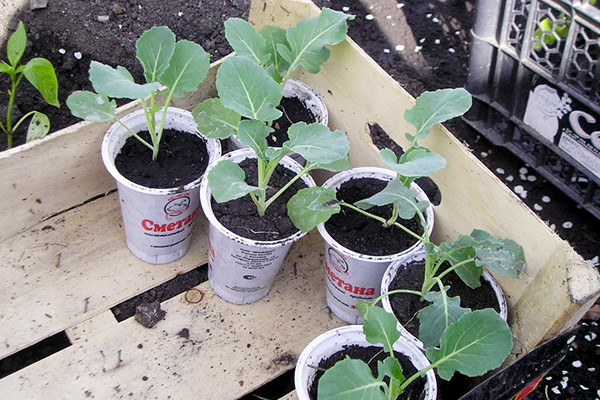
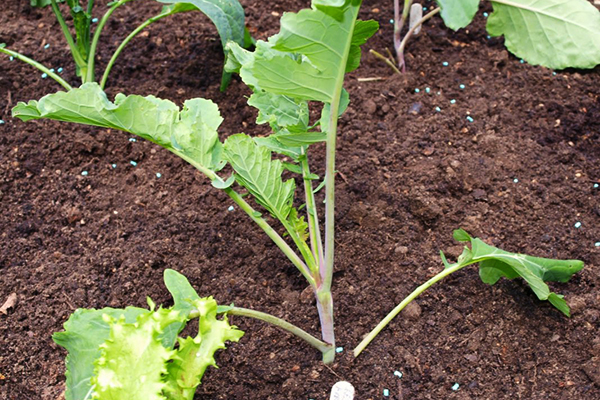

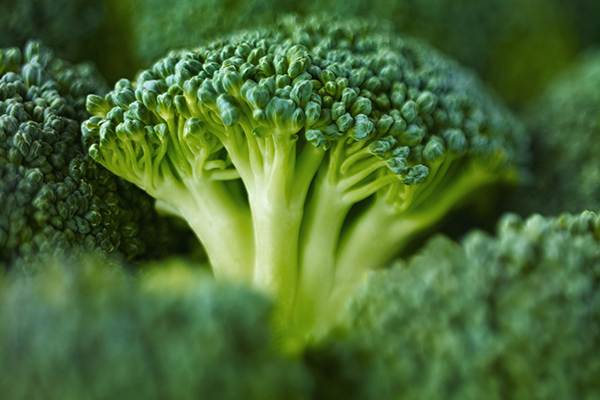
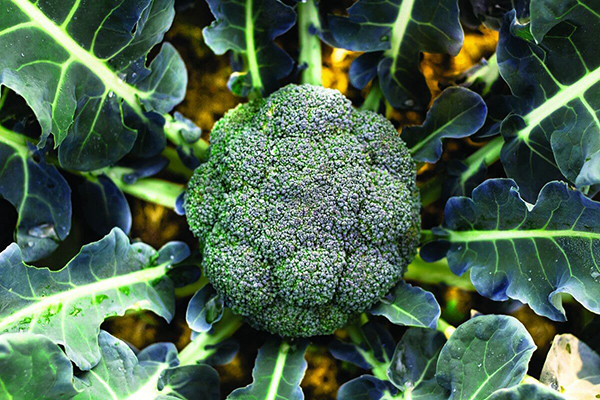
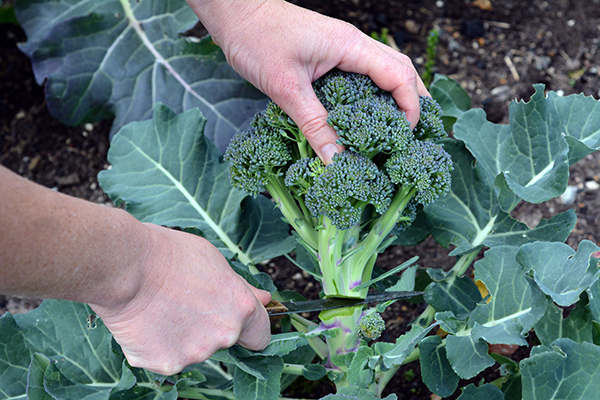
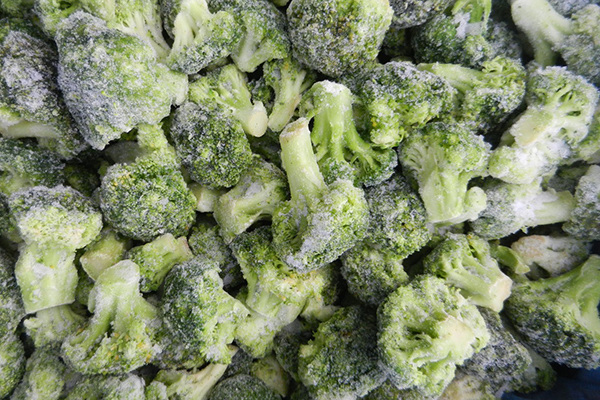
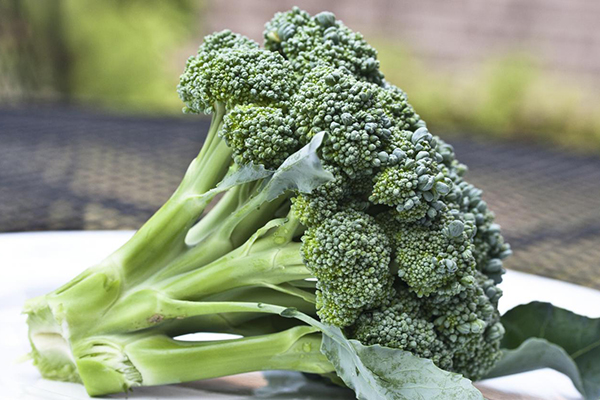
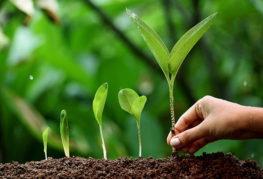
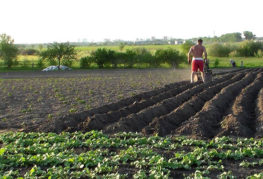
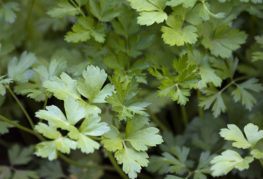

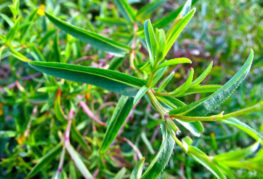
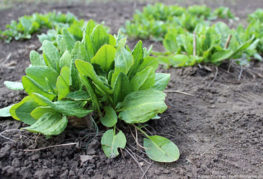
and will be published shortly.